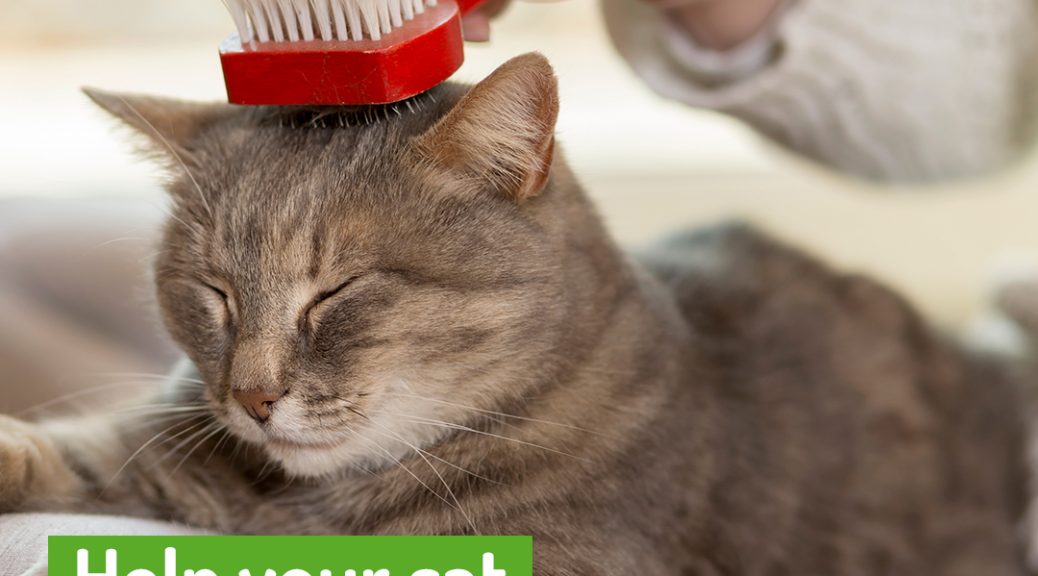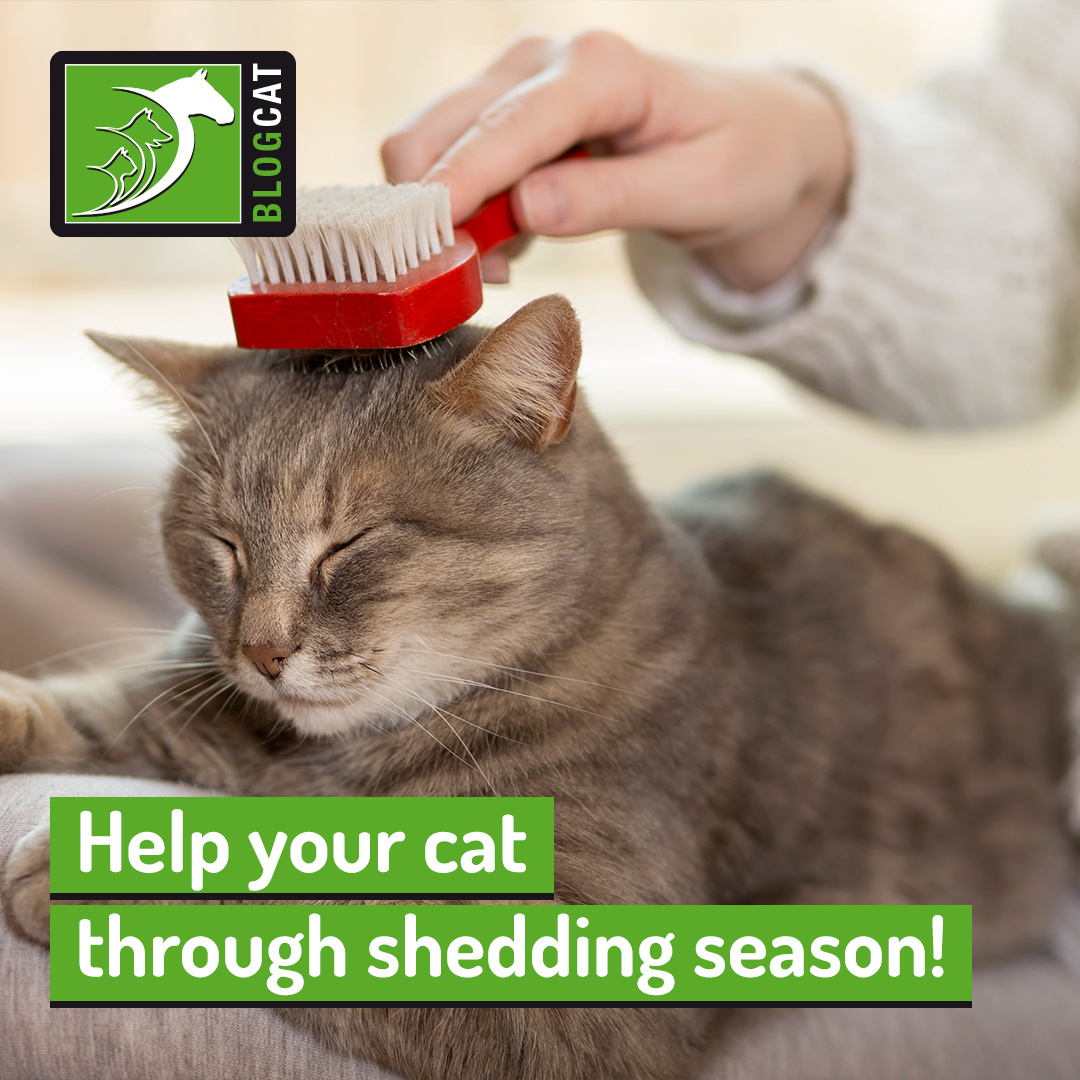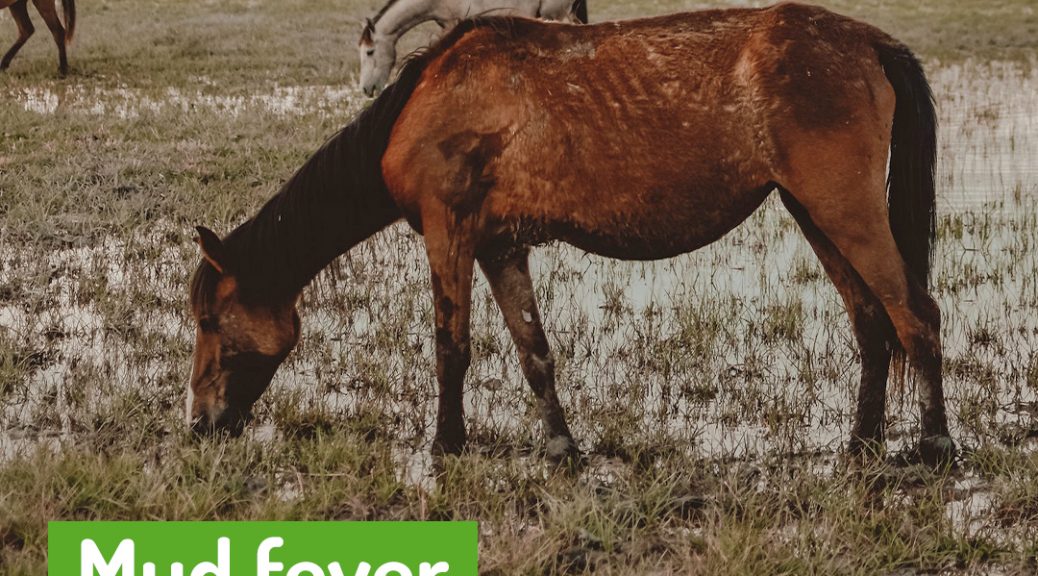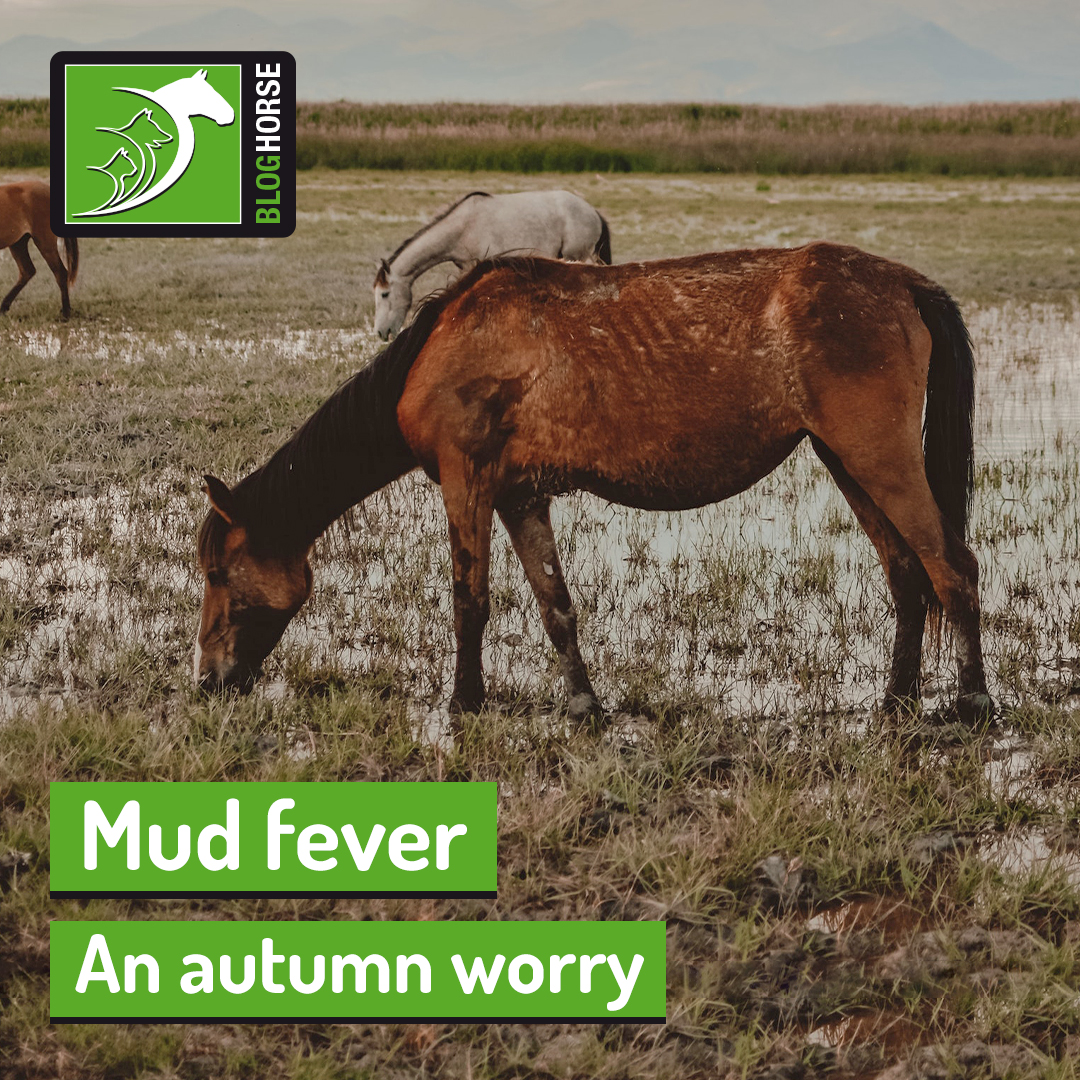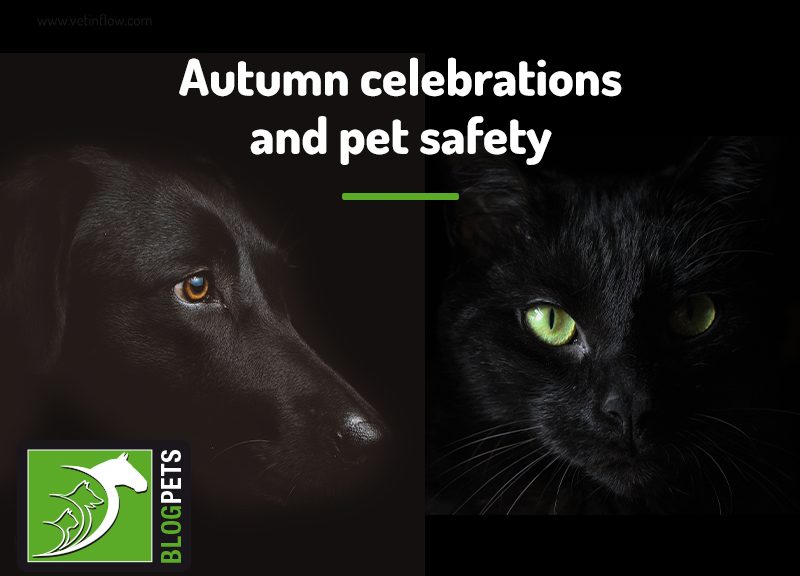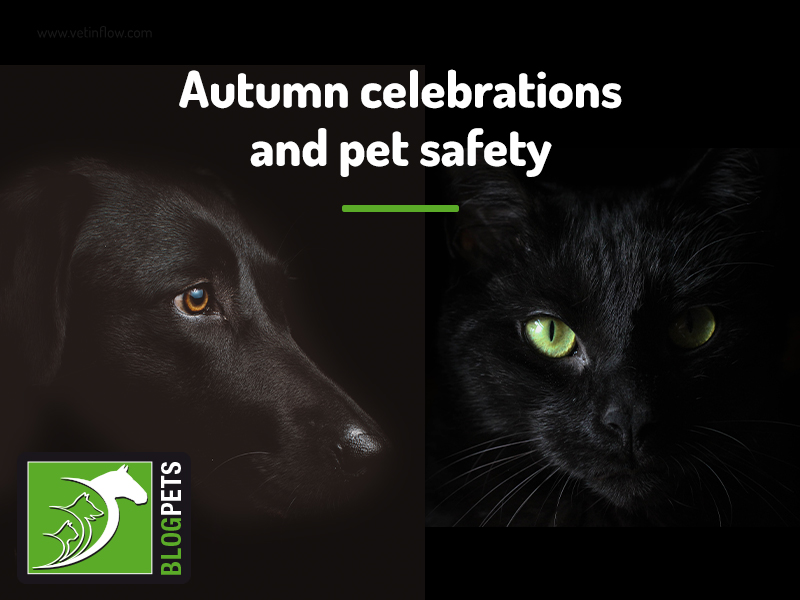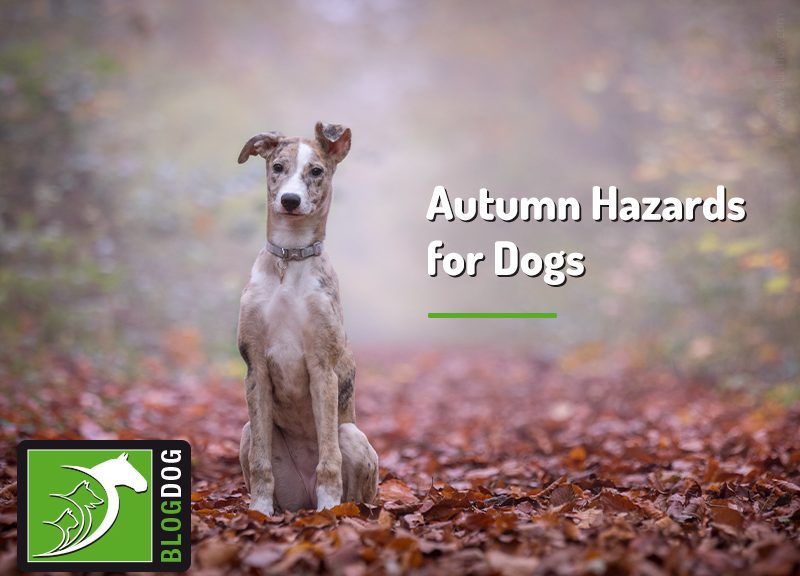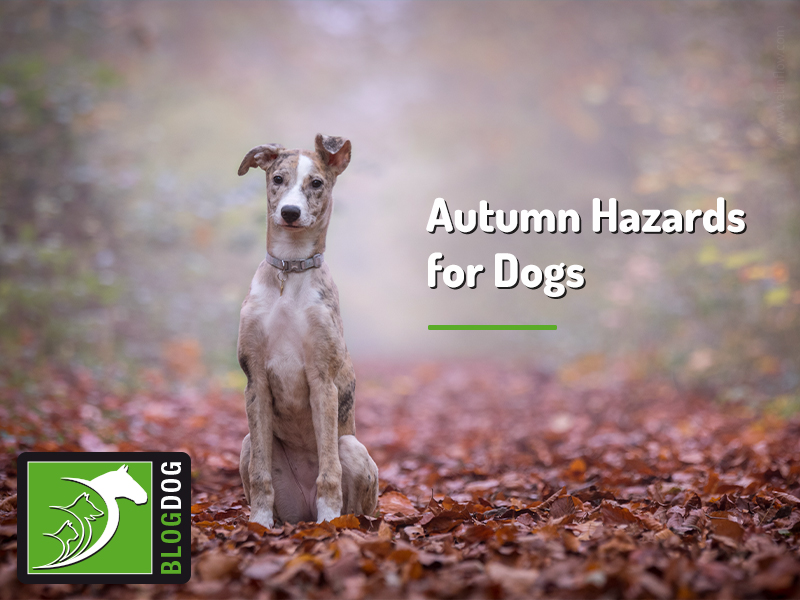The dreaded shedding season is here! If you share a house with a cat, or worse, several cats, you know that there is seemingly no way to eliminate the vortex of fur that comes from such a small pet.
Even though we cannot guarantee you will stop finding hairs all over the place, there are many ways to help your feline friend get through their autumn coat change and ensure he or she is not suffering from excessive hair loss.
Why is my cat shedding?
Cats, like many other mammals, lose a lot of fur during specific times to change their coat for a hair density more suitable to the season.
During autumn, they shed to grow denser fur for winter, which is a perfectly normal, if a little annoying, thing for them and us.
Breeds with long or denser hair like the Persian, Ragdoll or the Norwegian Forest cat will shed more, and their hair is considered to be of higher maintenance than breeds with shorter hair as they require more frequent brushing to avoid painful matting.
How can I help my pet during this time?
Here are some of the ways to make shedding season better for you and your cats:
- Brushing frequently or even daily will ensure your house will have less fur flying around everywhere and also help your cat ingest less fur;
- If your cat has long hair or is no longer capable of grooming due to problems like osteoarthritis, brushing is vital to avoid matting and to help him or her feel clean and comfortable;
- Some cats might not appreciate some types of brushes, so in this case, you can try different solutions like a glove or a soft brush to see which ones they tolerate the best;
- When your cat needs to be groomed, if he or she is not used to this intervetion, there could well be some resistance. The best solution might be to take him or her to a professional groomer every once in a while;
- Ensure that you are feeding your cats high-quality, nutritionally complete and life-stage appropriate food as this will keep their fur healthy and lead to less shedding;
- As this is a time of higher hair loss, your cat might ingest enough hair to have hairball problems, so don’t forget to keep an eye out for that!
What if my cat is losing too much hair?
Sometimes, it can be tough to know if your cats are simply shedding hair because of seasonal changes or if they have an underlying health problem that is causing excessive fur loss.
When you start seeing bald spots, excessive itchiness or dry, red skin, this might mean there is a problem that needs medical attention.
There are many causes for excessive hair loss, including parasites, fungal infections, nutritional deficiencies or even very serious problems like hyperthyroidism or even cancer, which is why it’s important to speak to your vet if you have concerns about your pet’s shedding.
Would you like to know more about cats? Check our Feline Courses:
Feline courses
